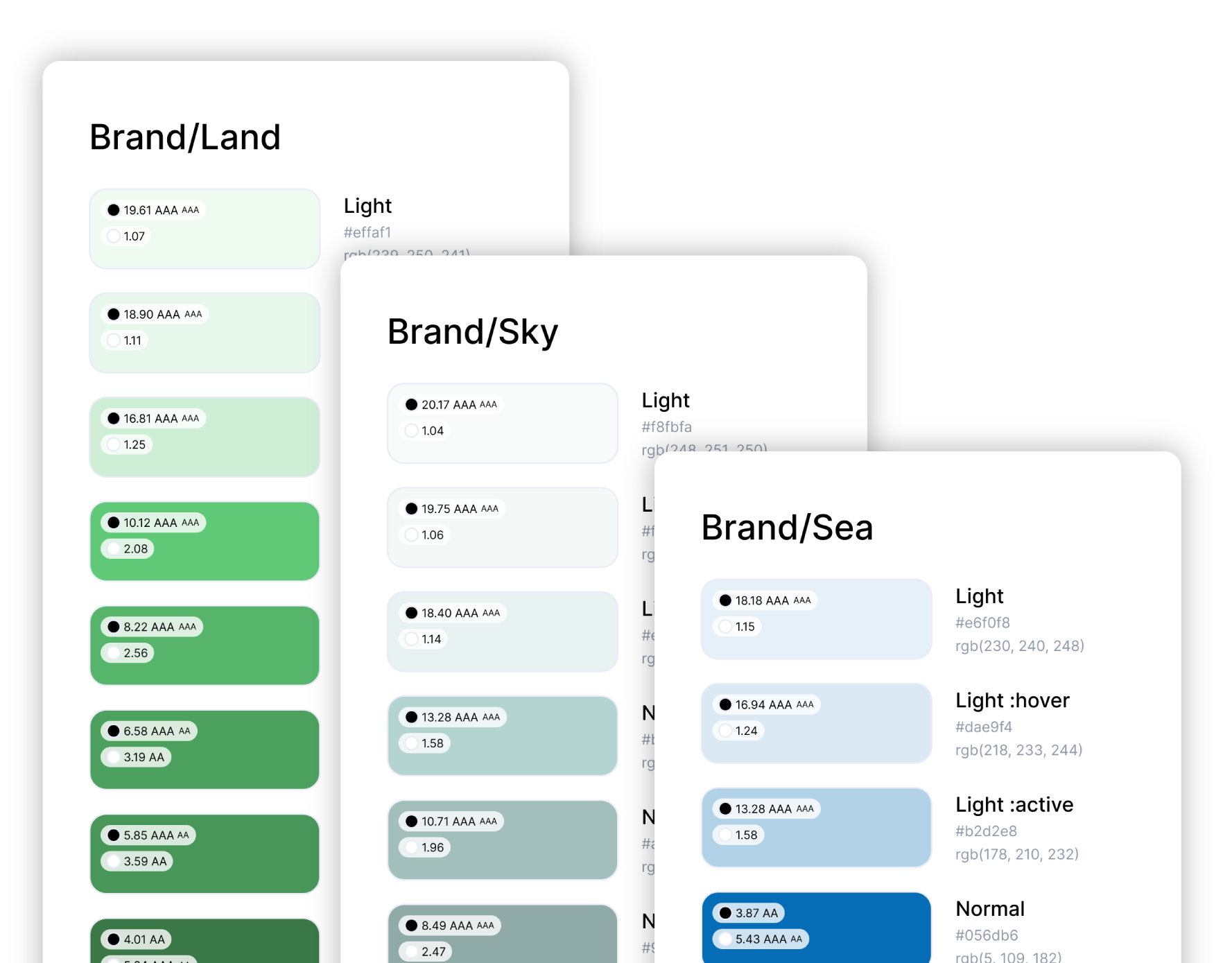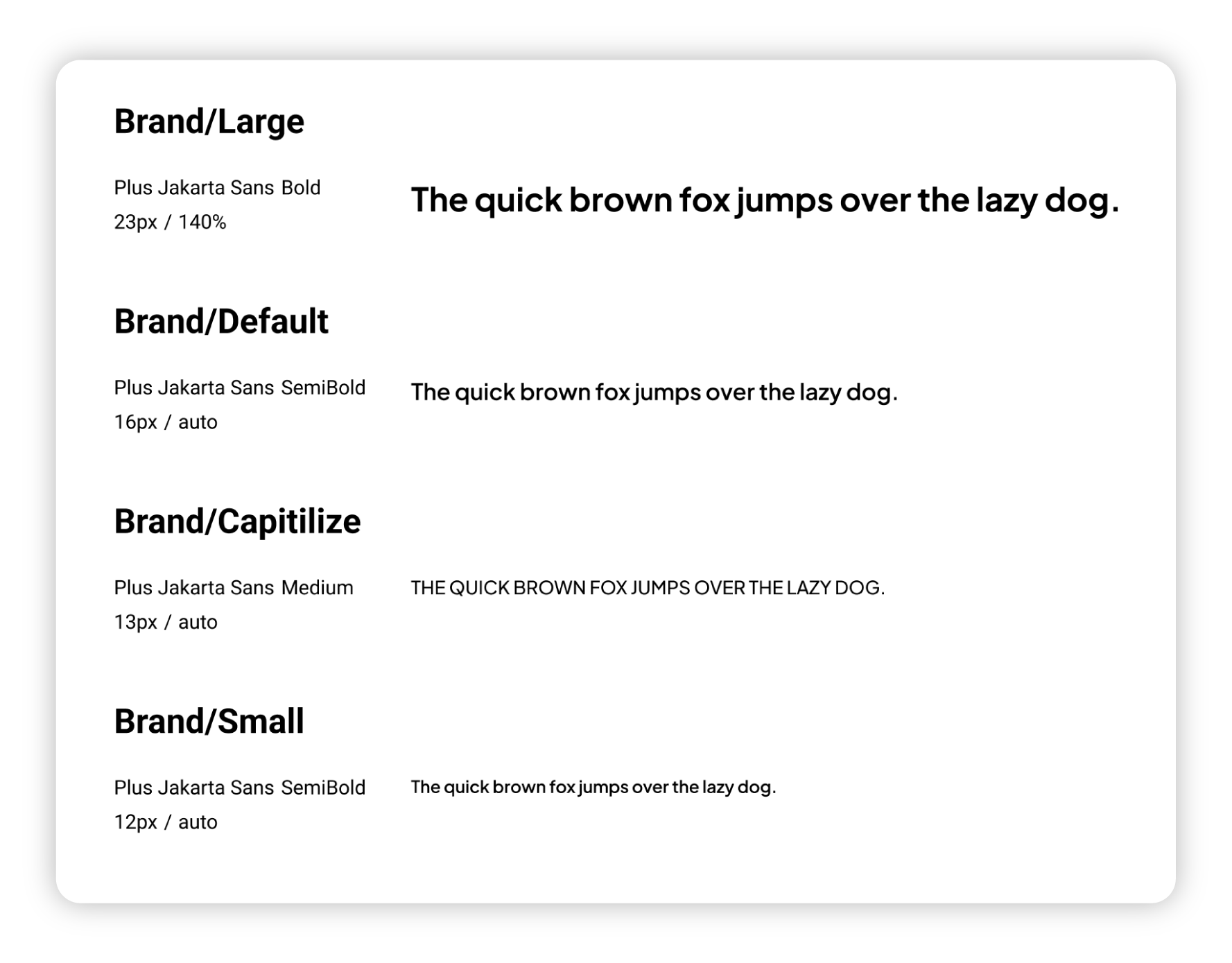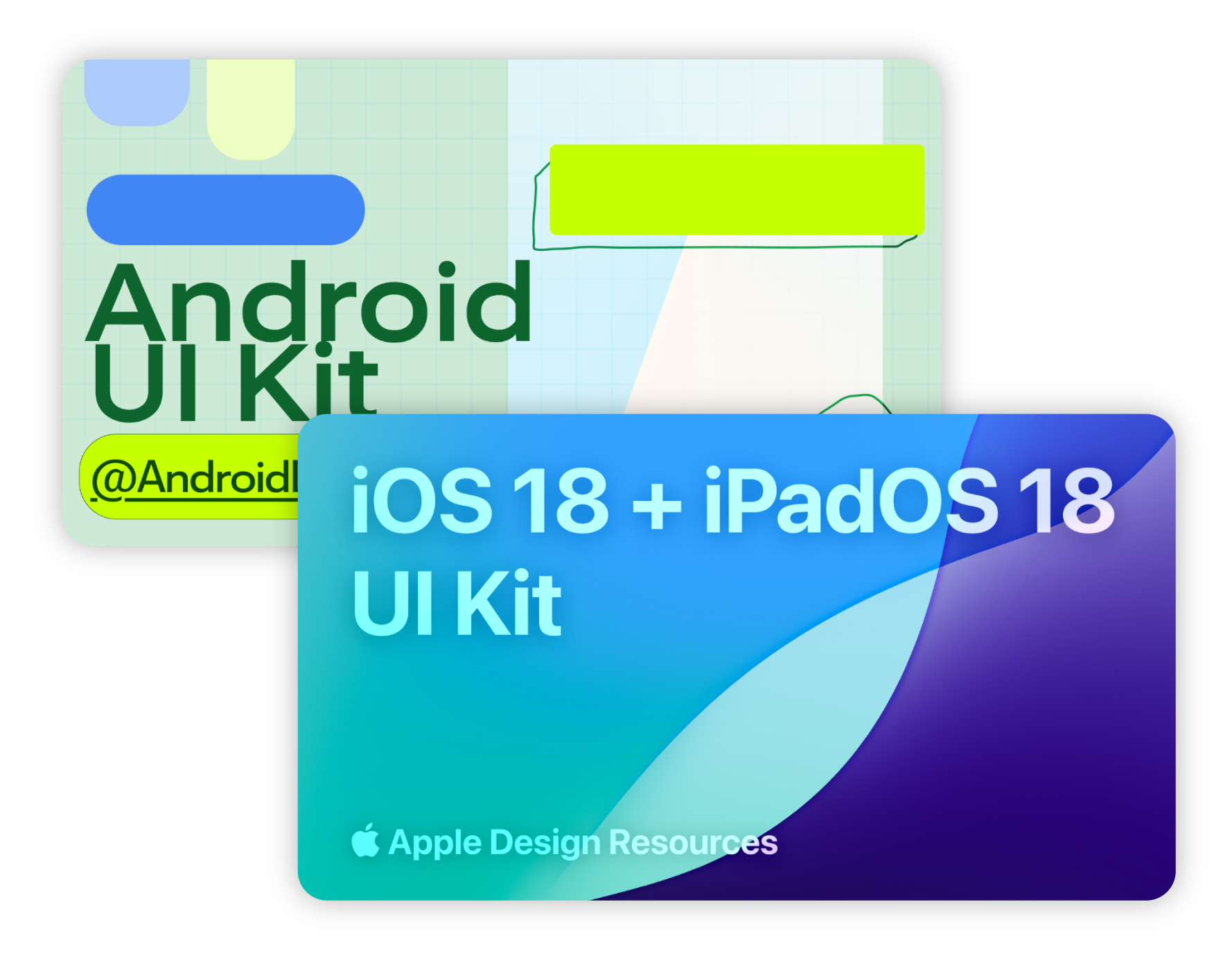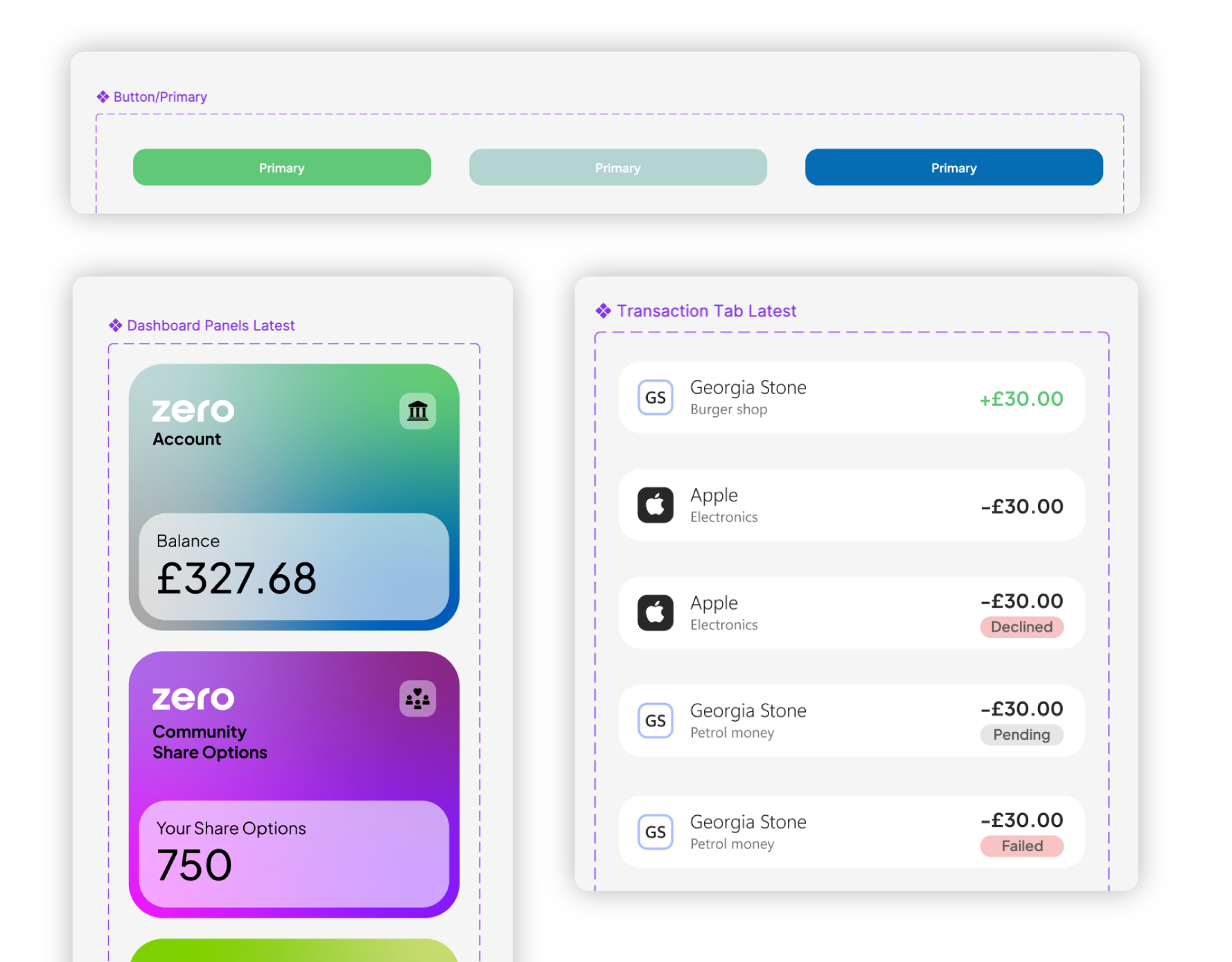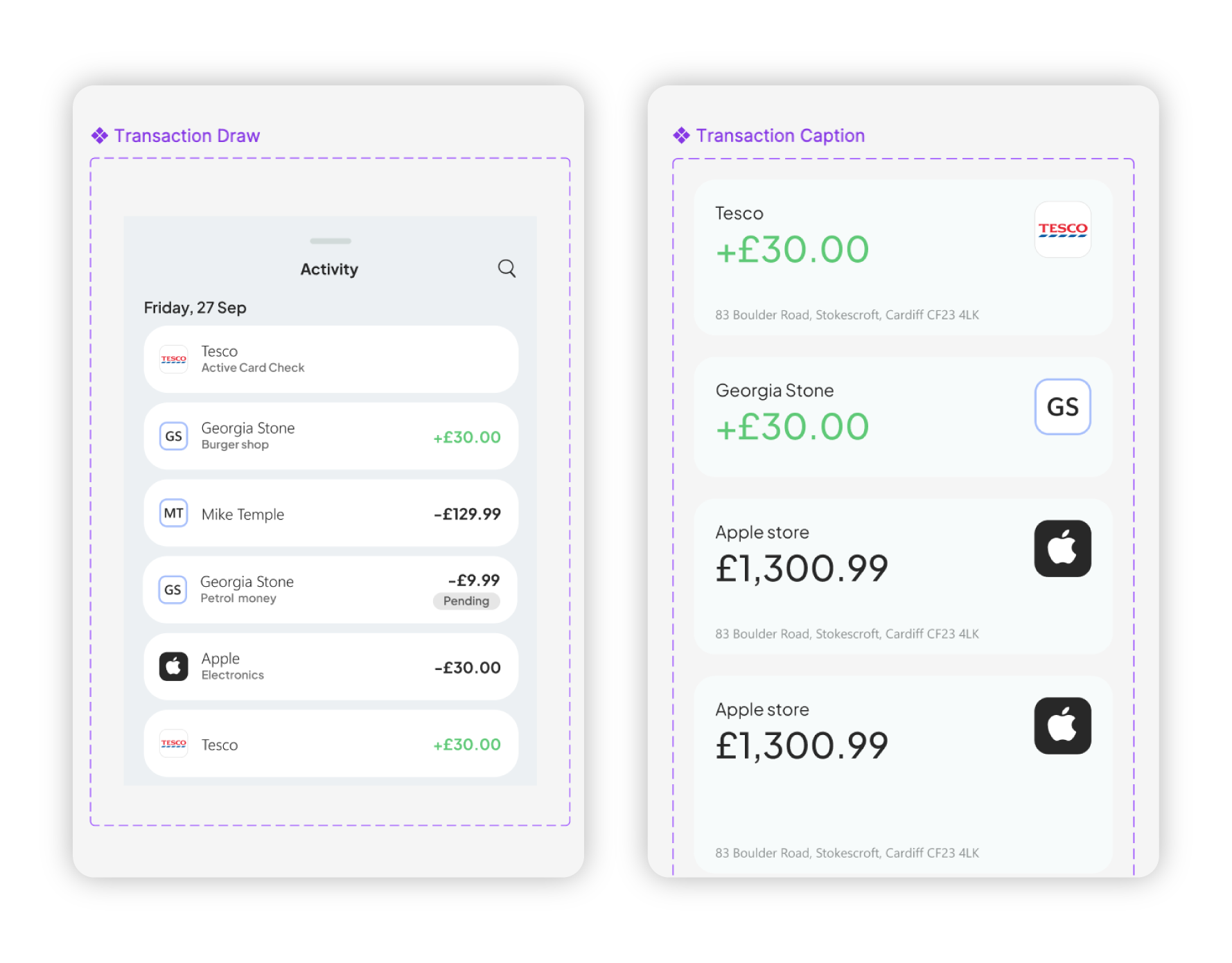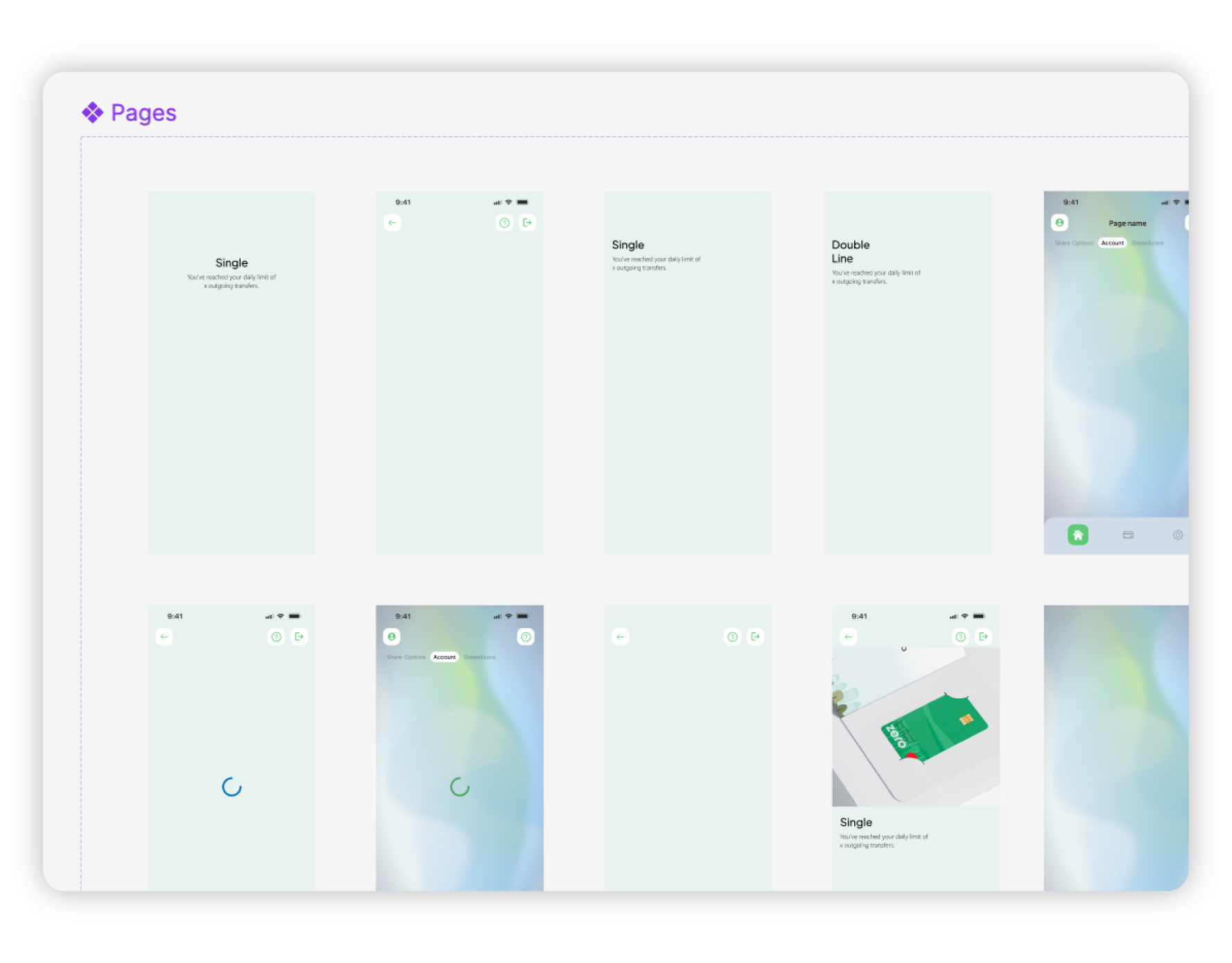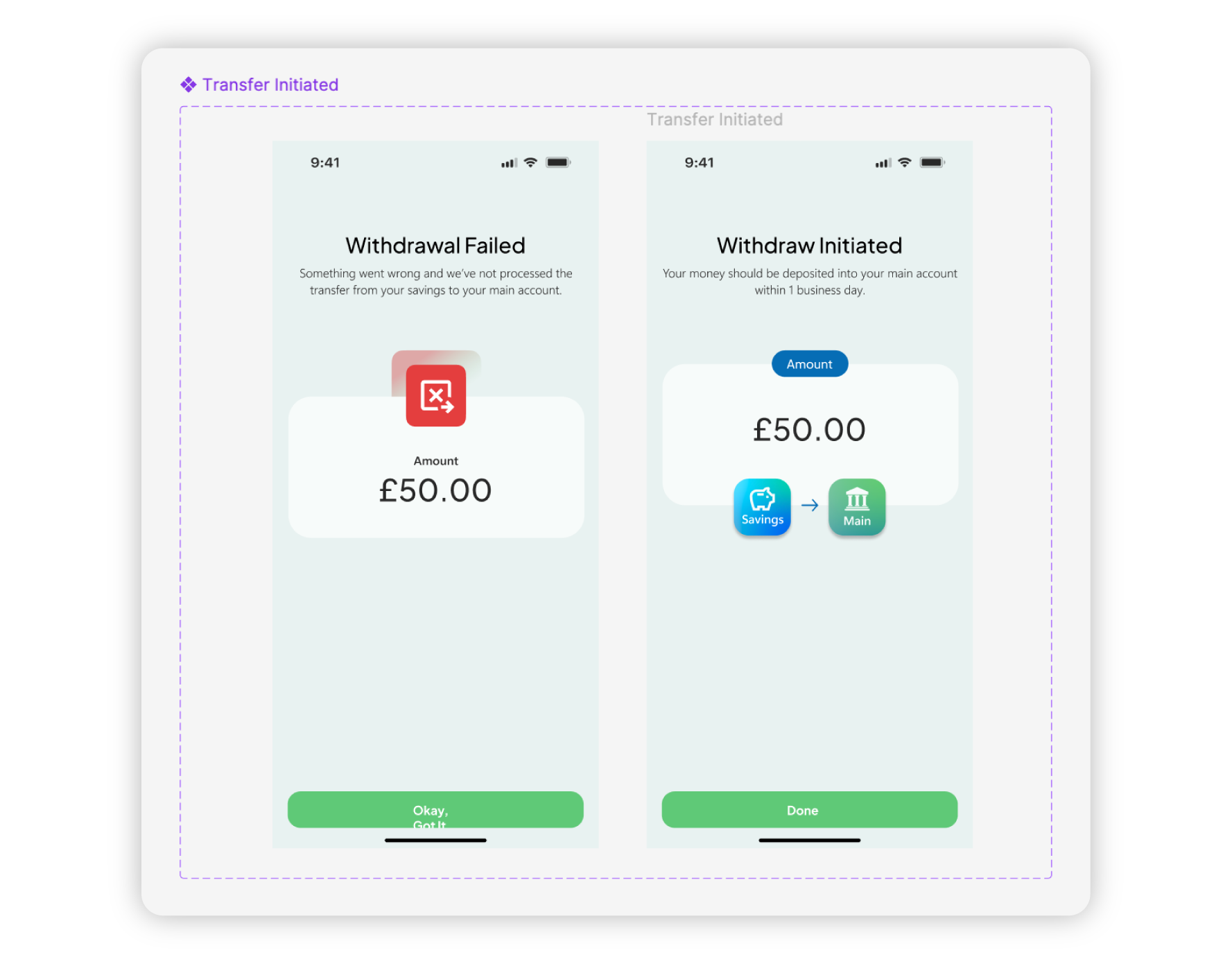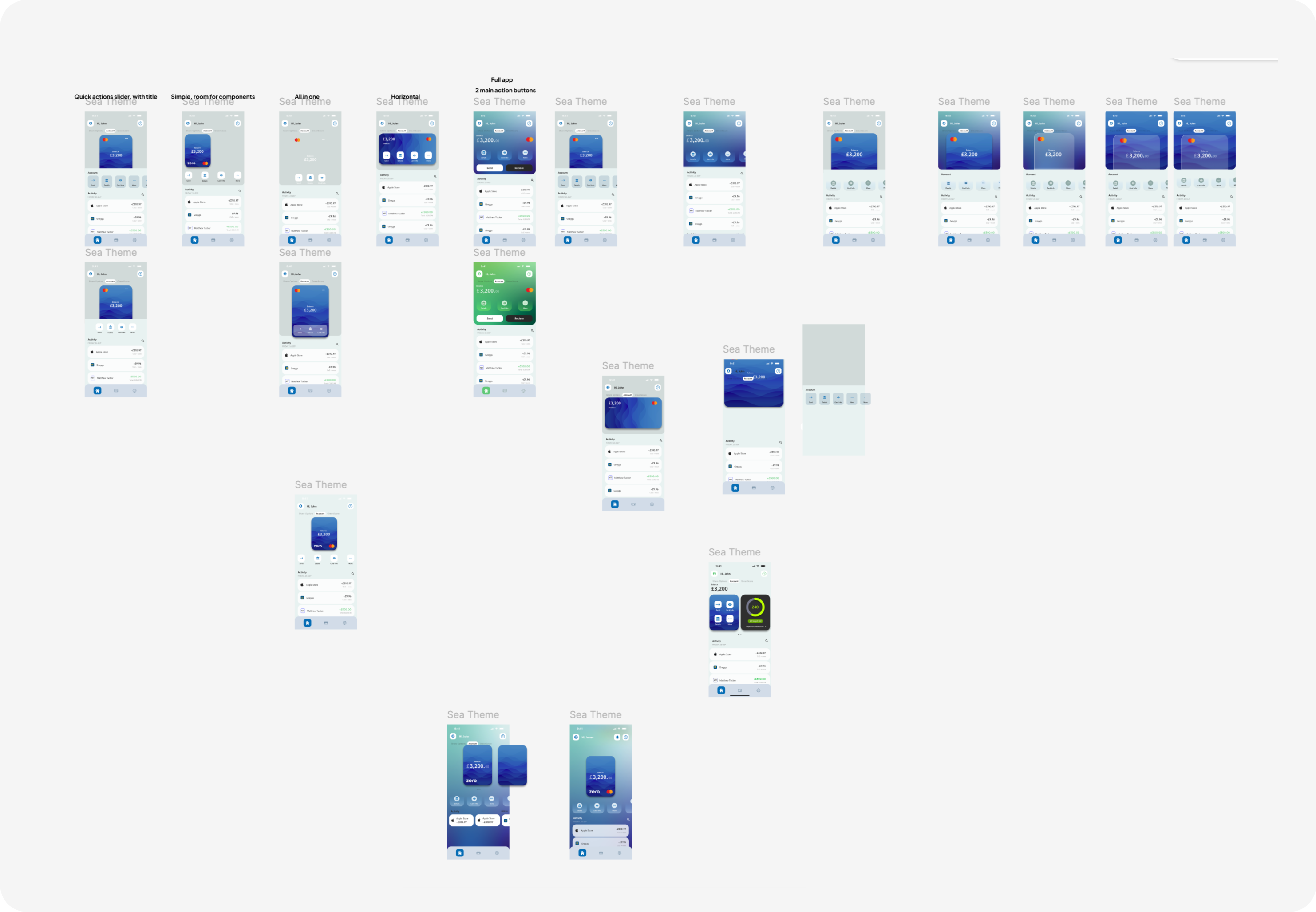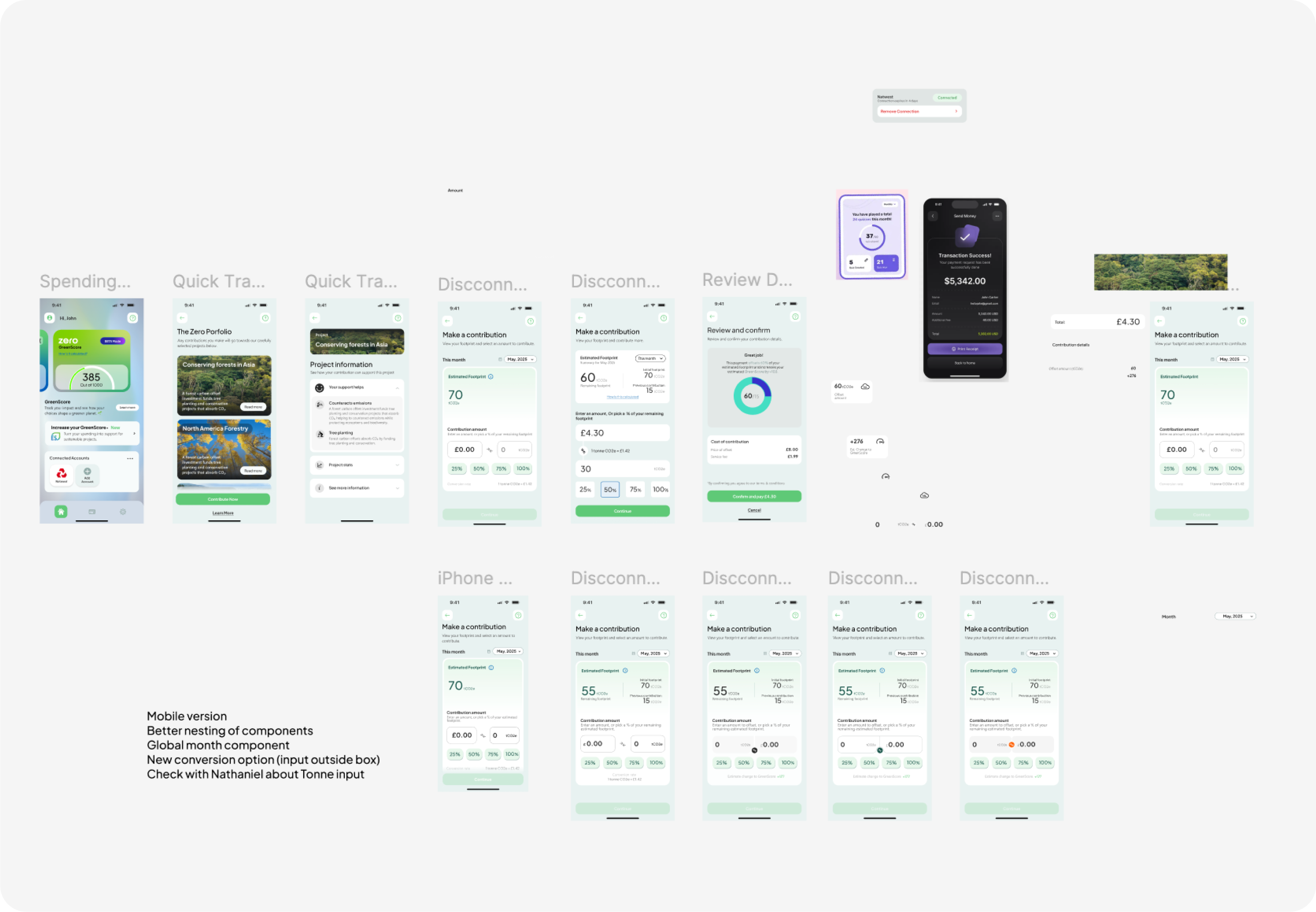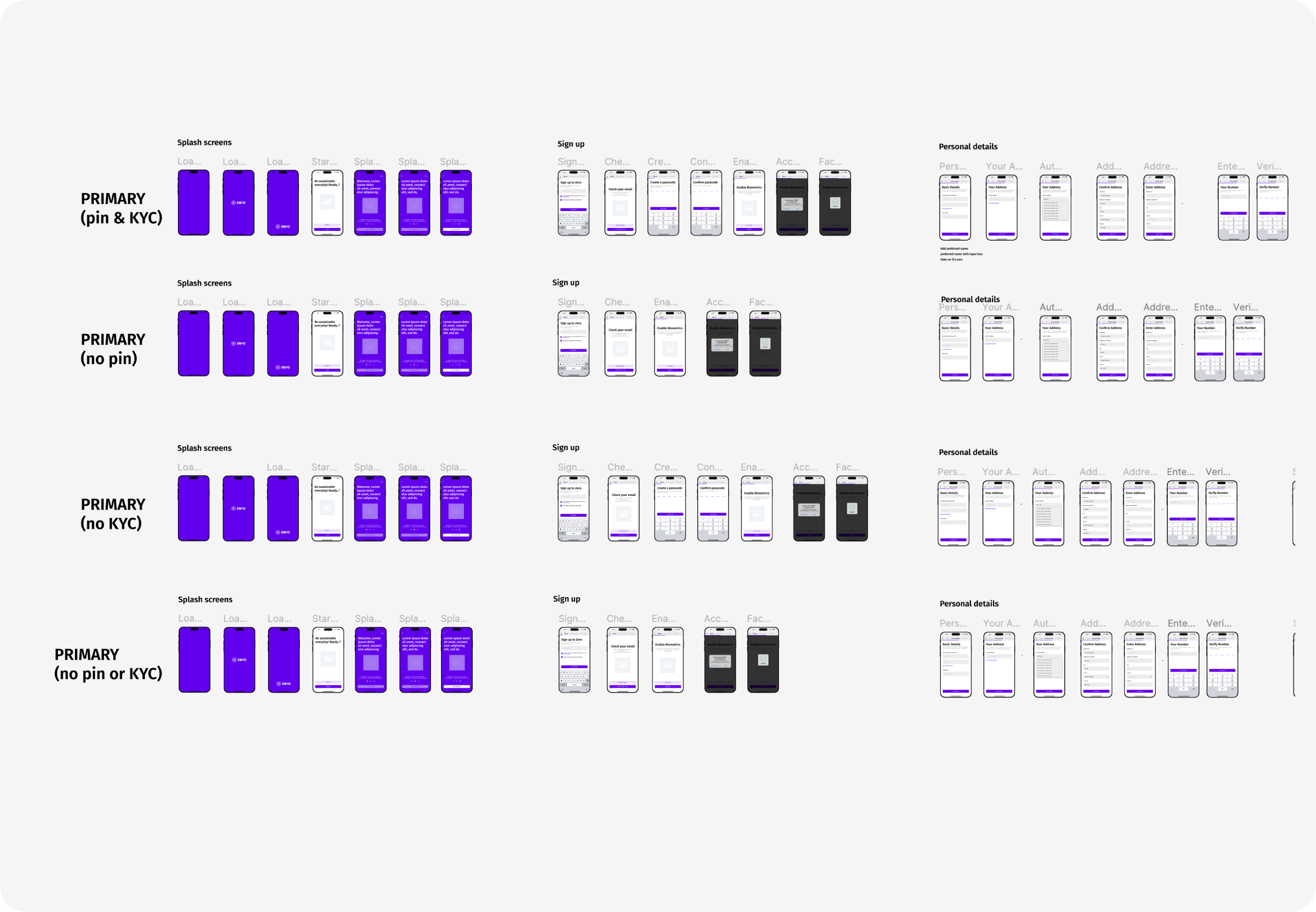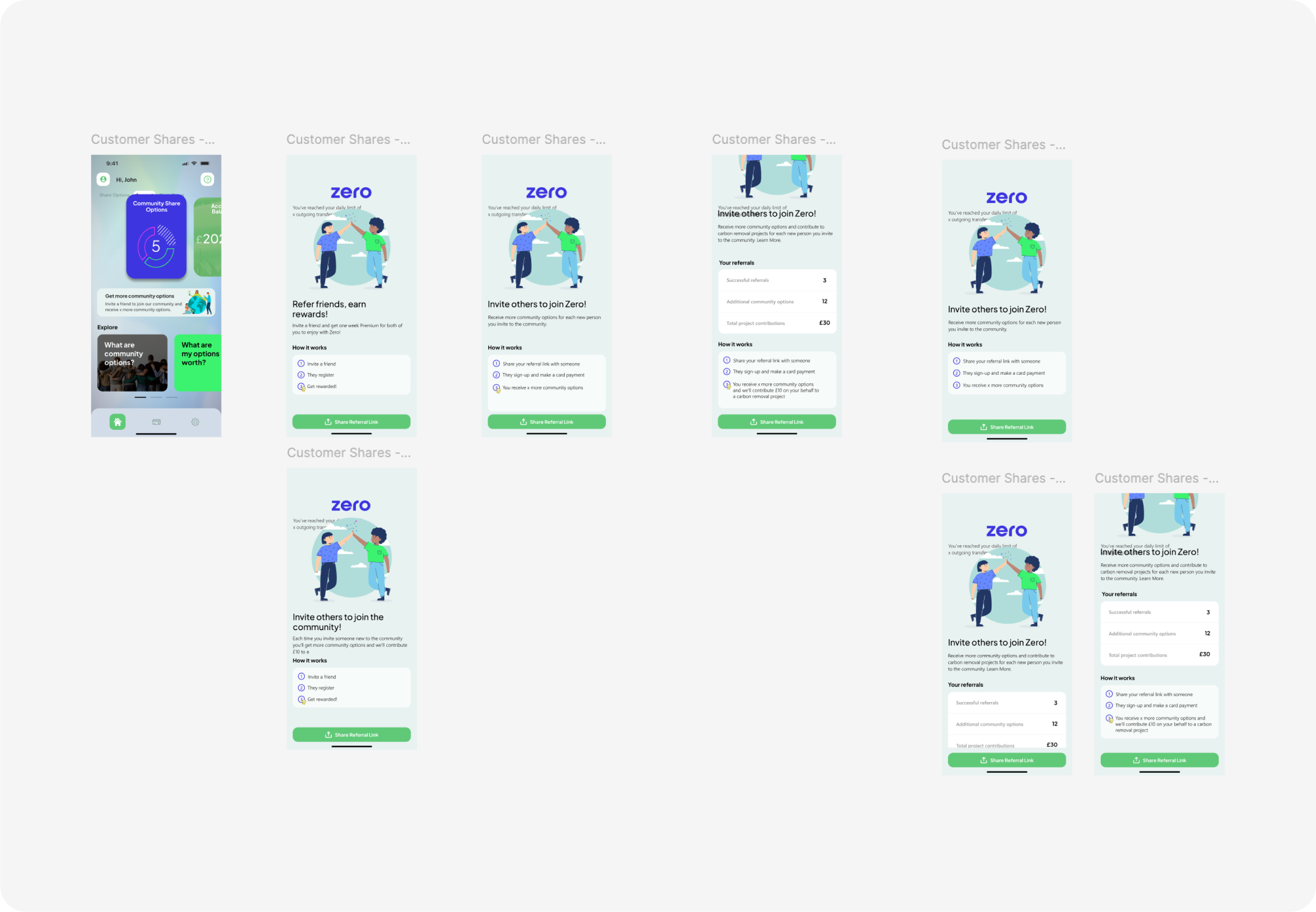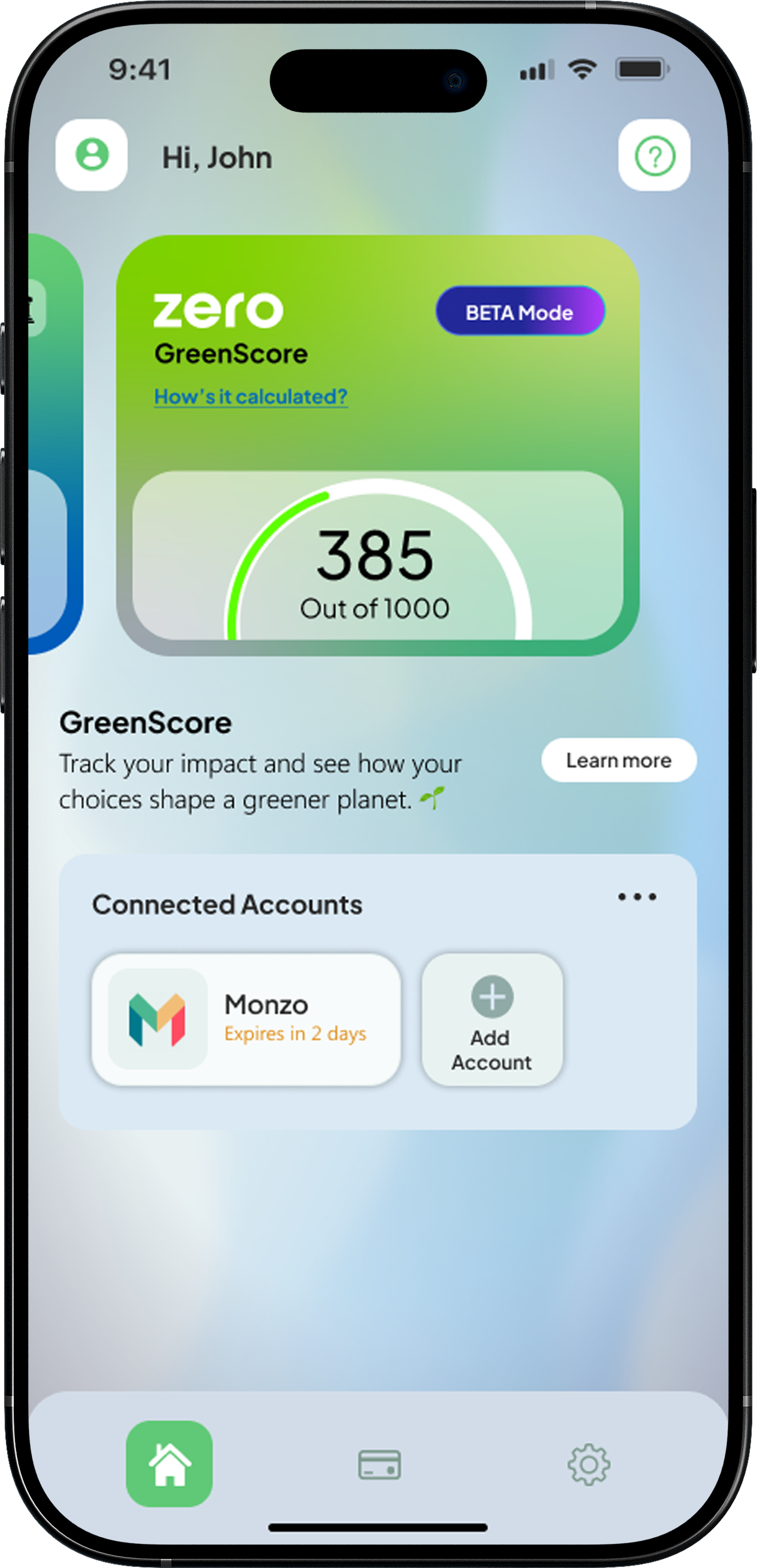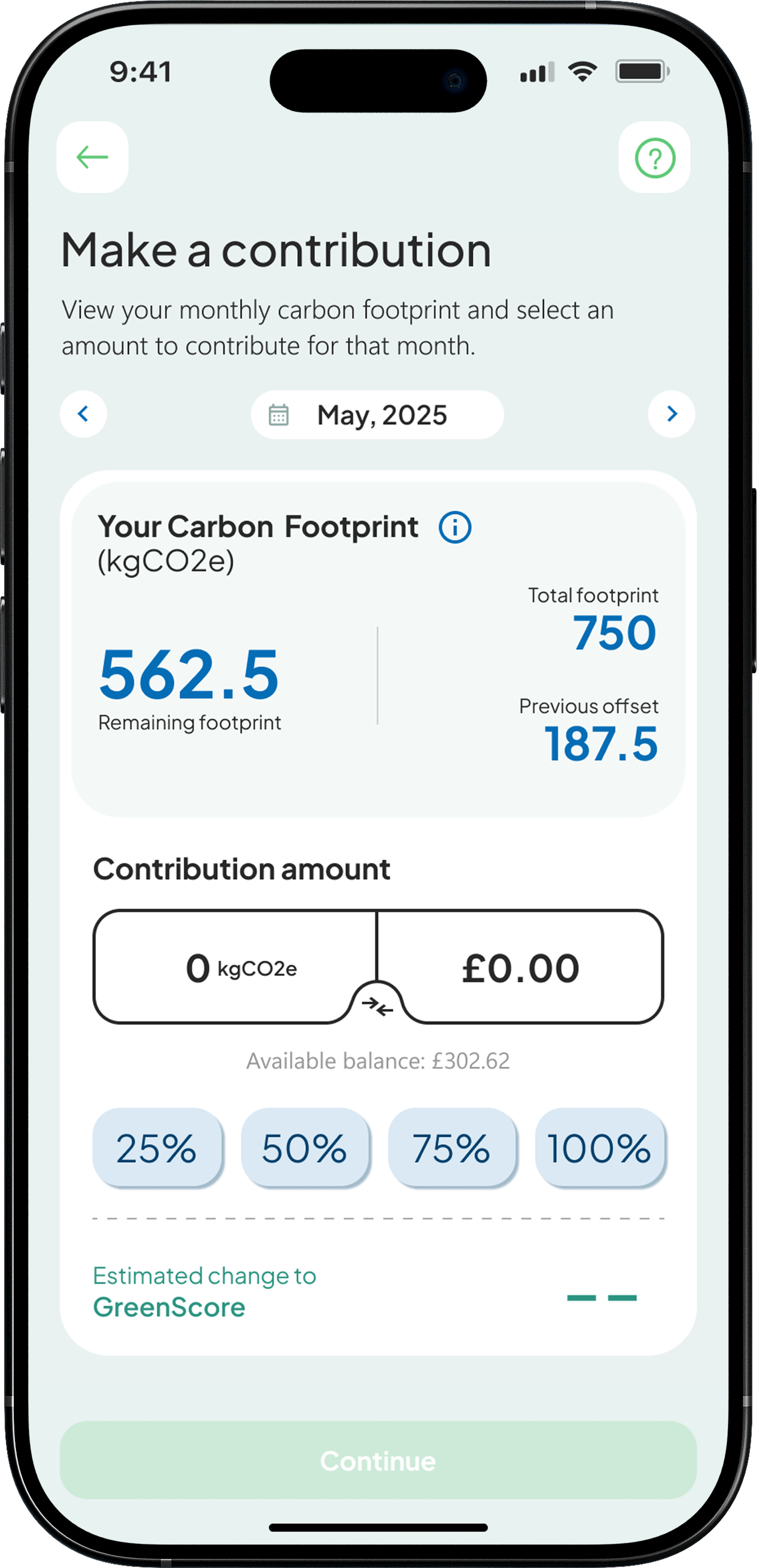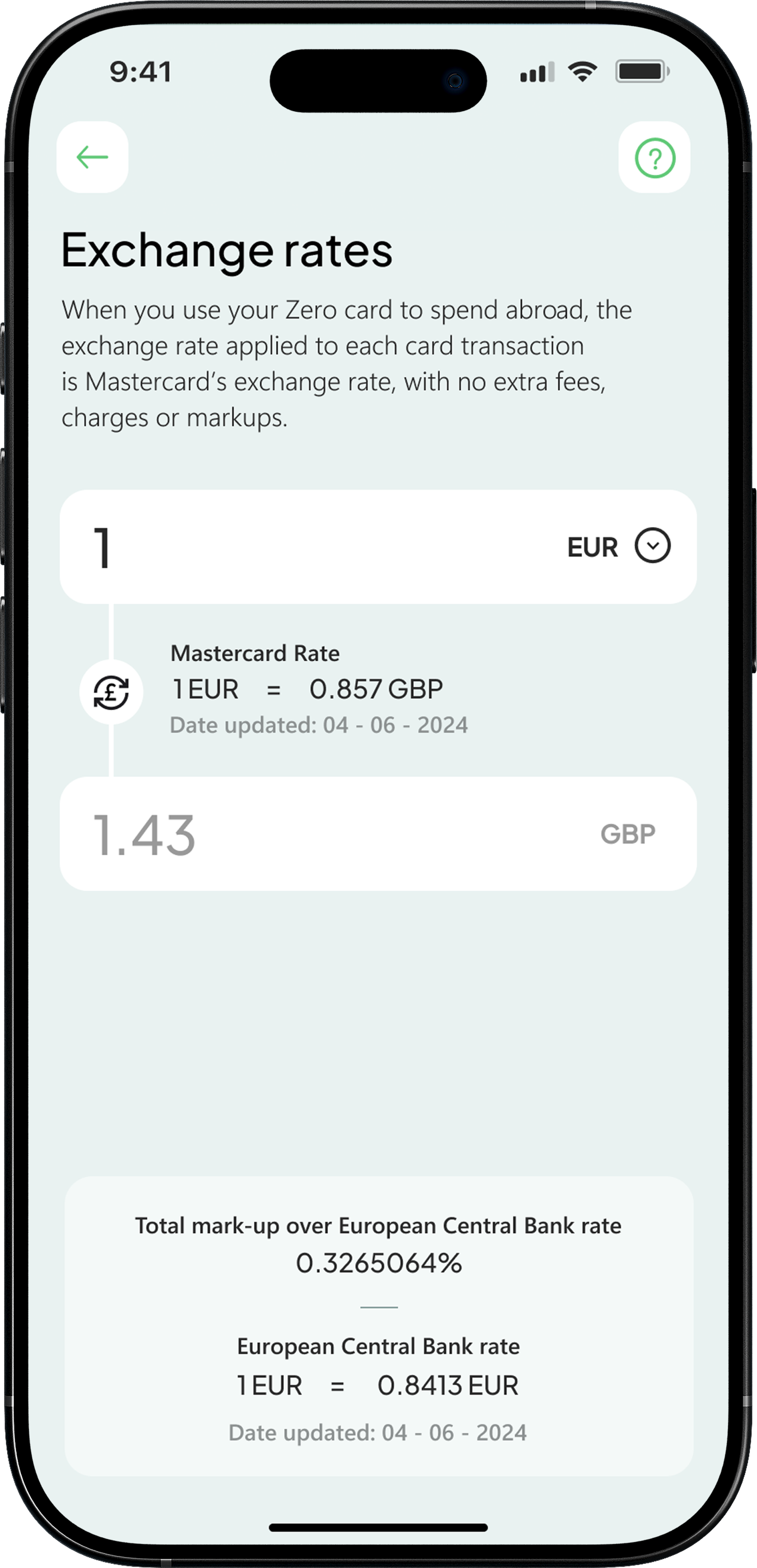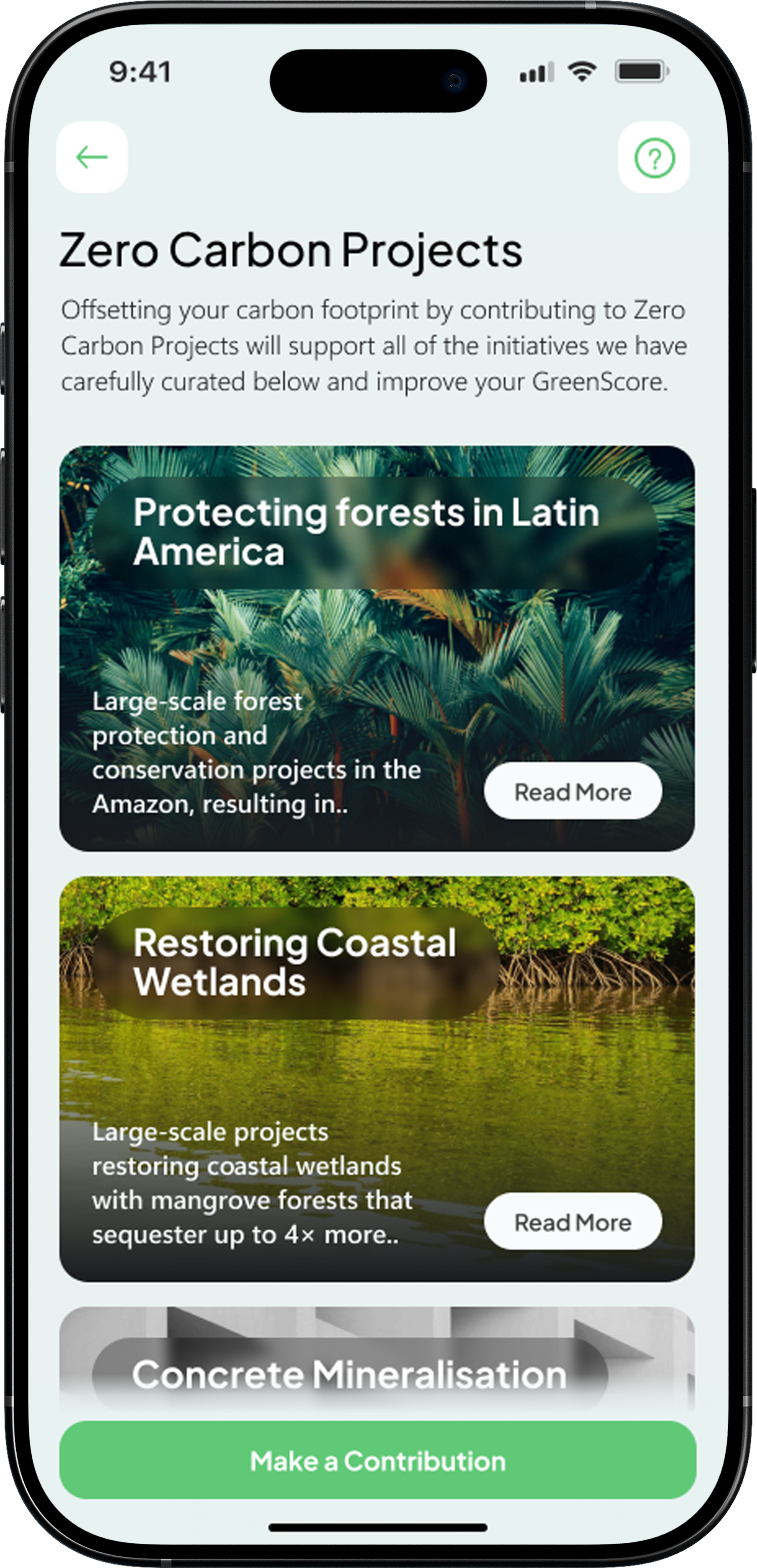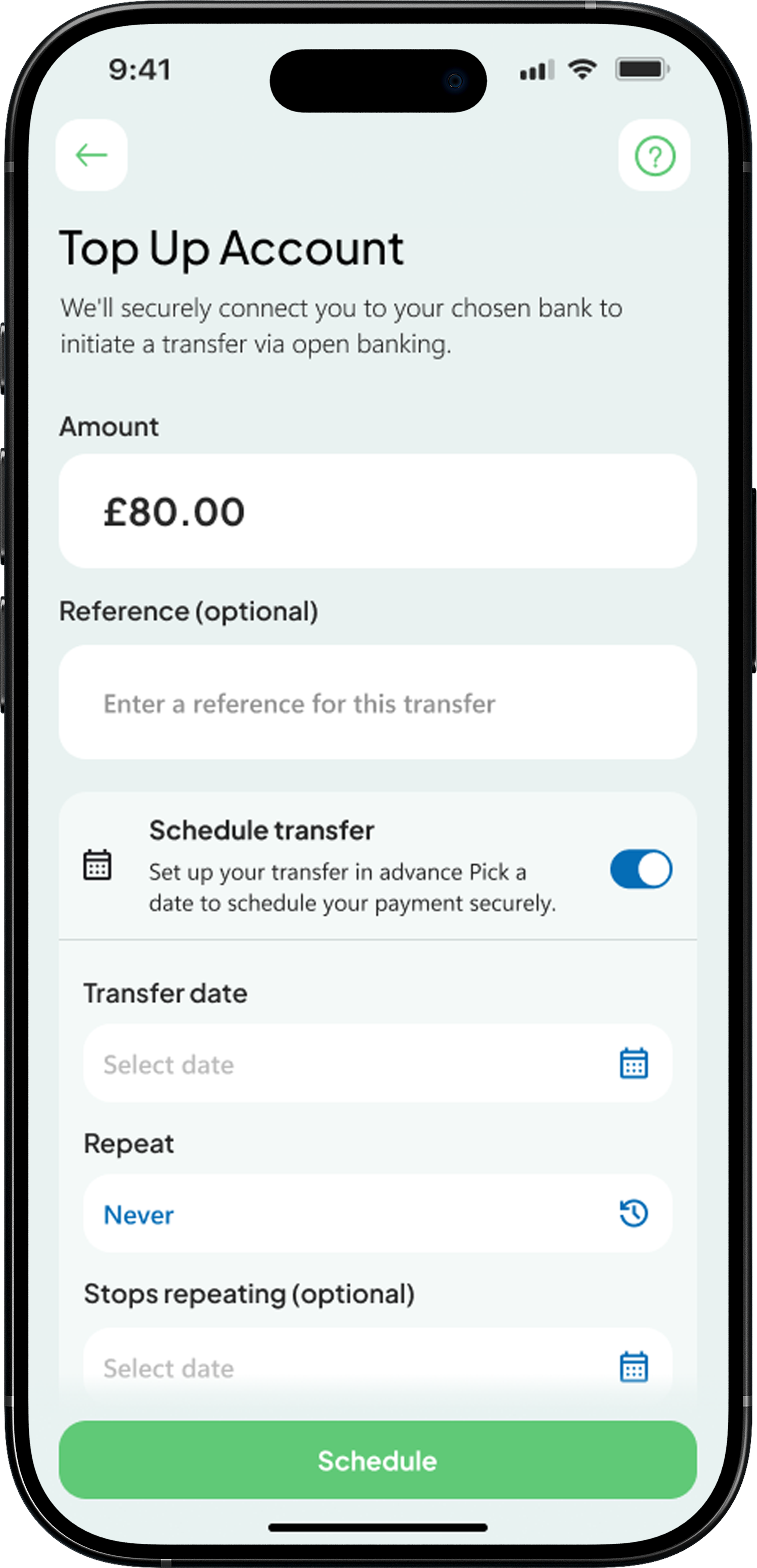Research
Understanding the customer needs and competitive landscape is essential. Designing without this foundational insight risks misalignment, wasted time, and missed opportunities. As the sole designer at Zero, I worked closely with the product manager through multiple meetings and ongoing conversations.
She provided extensive documentation covering finance, Mastercard, Apple/Google Pay, and more. I also drew insights from 11:FS, a respected fintech consultancy known for its deep analysis of digital banking trends and customer behaviour, to ensure our decisions were informed and relevant.
Understanding
Fintech
Trends
